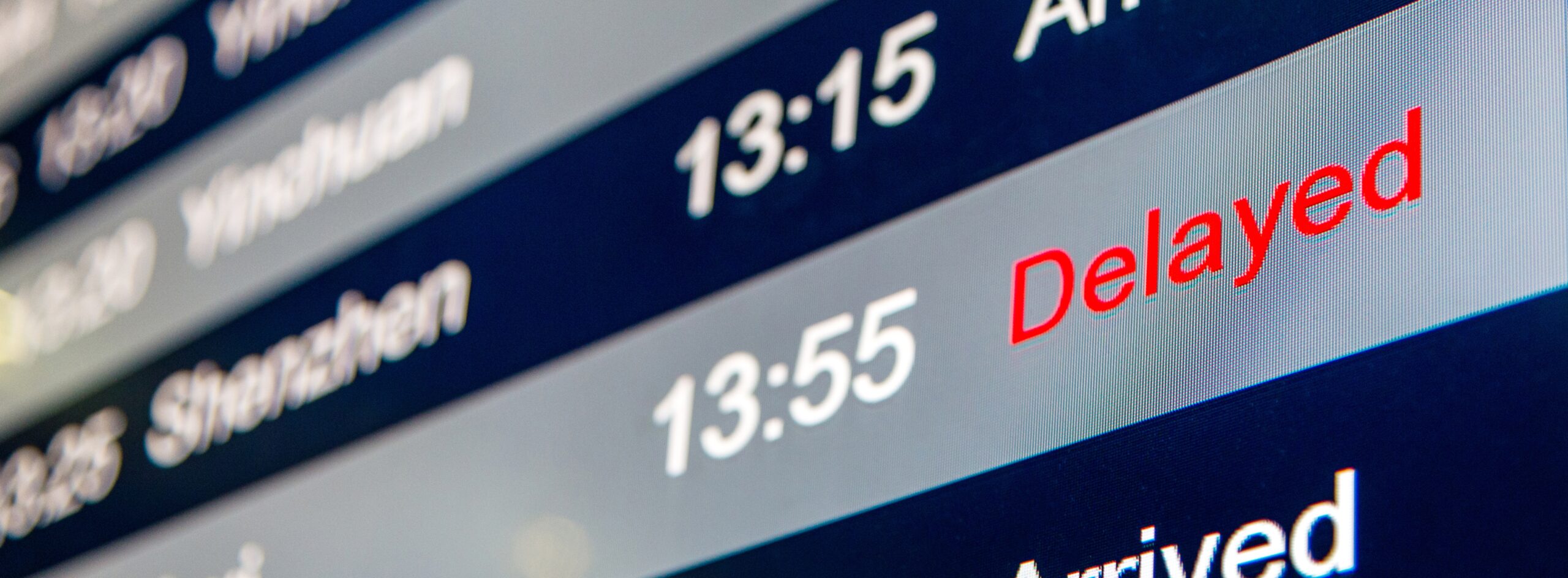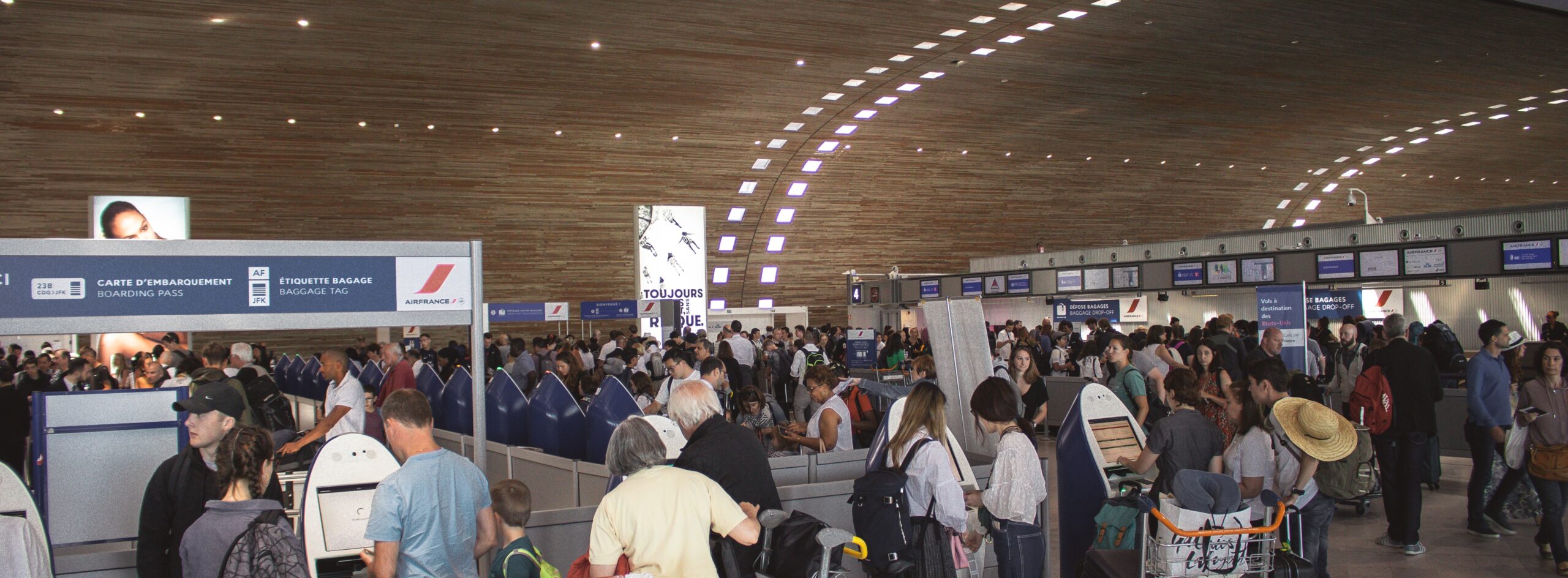Introduction
Air travel is one of the most dynamic industries, but disruptions are inevitable. From severe weather and natural disasters to strikes, overbooking, technical issues, and delayed pilots, airlines face numerous challenges that can disrupt schedules. In July 2025, global flight cancellations reached 58,239 flights, a 5% increase compared to July 2024. This surge highlights the growing complexity of managing disruptions and the need for a strong communication strategy.
Passenger communication during disruptions goes beyond just notifying travelers. It is the timely, clear, and empathetic sharing of information and assistance through apps, email, messaging platforms, and face-to-face interactions. Effective communication can reduce passenger frustration, strengthen trust, and help airlines maintain brand loyalty, even when schedules don’t go as planned.
The Importance of Effective Communication During Disruptions
Passengers today demand instant, transparent, and personalized updates. Recent statistics highlight this trend:
- 75% of passengers appreciate proactive communication about delays and cancellations.
- 92% prefer receiving support via messaging platforms during disruptions.
- 75% value real-time updates on flight schedules.
- 84% consider customer experience as important as ticket price when disruptions occur.
A well-executed disruption communication strategy doesn’t just ease passenger stress—it helps airlines safeguard their reputation and reduce operational strain. Airlines that invest in airline disruption management software and clear communication workflows are more likely to retain loyal customers.
Omnichannel Message Delivery: Meeting Passengers Where They Are
Modern passengers use multiple channels to stay informed, so airlines must adopt an omnichannel communication approach to ensure messages reach passengers effectively and promptly. A flight disruption management system should deliver updates through:
- SMS: Quick, reliable delivery for urgent alerts.
- WhatsApp: Popular with international travelers.
- In-App Notifications: Personalized updates for loyalty program members.
- Email: Detailed updates, confirmations, and itinerary changes.
- Social Media: Public updates and mass communication.
An effective airline disruption management system meets passengers on the platforms they already trust, ensuring no traveler is left uninformed.
Common Communication Challenges Airlines Face
Even with technology, airlines often struggle to communicate effectively during disruptions. Common barriers include:
- Delayed or inconsistent updates: Passengers often learn about cancellations too late.
- Disconnected communication platforms: Systems like call centers, apps, and social media aren’t always synchronized.
- Overwhelmed customer support teams: Sudden disruption spikes can overload contact centers.
- Generic messaging: Failing to personalize communication can frustrate passengers seeking actionable solutions.
Key Strategies to Improve Passenger Communication
To overcome these challenges, airlines can implement:
- Proactive Notifications: Inform passengers of delays or cancellations early to avoid surprises.
- Personalized Messaging: Tailor rebooking, refund, or voucher options based on passenger needs.
- Consistent Messaging: Synchronize communication across all platforms.
- Empowered Staff: Equip frontline teams with airline management software to provide real-time assistance.
- Service Recovery Messaging: Include empathy, clear reasoning, and solutions in every message.
Role of Technology in Passenger Communication
Technology is the backbone of modern airline disruption management solutions. A robust flight disruption management system can:
- Use AI to predict potential disruptions based on operational data.
- Send instant, automated notifications to thousands of passengers.
- Offer self-service rebooking options via apps and messaging platforms.
- Centralize communication to avoid inconsistencies.
When operations are under pressure, automation helps airlines respond faster, communicate more effectively, and maintain passenger trust.
Best Practices
Here’s a quick guide for airlines to improve passenger communication during disruptions:
- Integrate all communication channels into one airline disruption management software.
- Use empathetic, easy-to-understand language in every update.
- Provide clear next steps: rebooking, refunds, or alternative routes.
- Segment communication for premium customers, loyalty members, and families.
- Monitor and respond quickly on social media to manage public perception.
Conclusion
Disruptions are an unavoidable reality of air travel, but poor communication doesn’t have to be. Airlines that adopt airline disruption management systems and leverage modern communication tools can transform a frustrating passenger experience into an opportunity to build trust and loyalty.
This is where VoyagerAid makes a difference. As a cutting-edge airline disruption management solution, VoyagerAid:
- Automates real-time passenger communication across SMS, WhatsApp, email, and more.
- Provides personalized re-accommodation options instantly.
- Empowers airline staff with actionable data for fast, empathetic responses.
- Centralizes communication management, turning chaos into a seamless, coordinated response.
With VoyagerAid, airlines can confidently navigate disruptions, protect their brand reputation, and deliver exceptional customer experiences—no matter what challenges arise.



